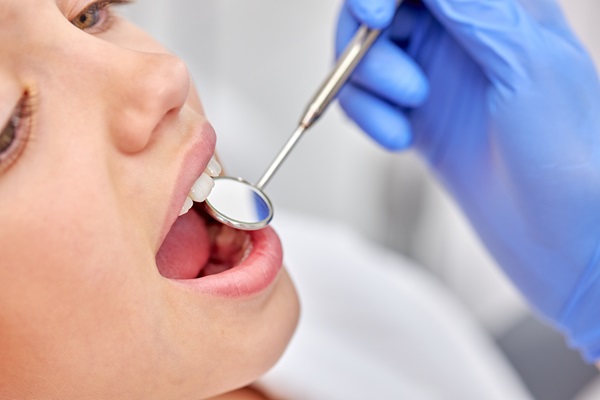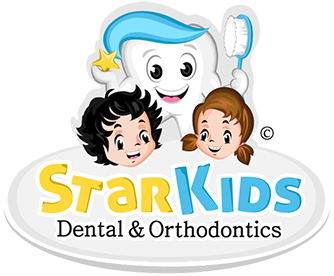



Protecting the surface of teeth is essential in early development, which is why dental sealants are important. According to the American Academy of Pediatric Dentistry (AAPD), 80% to 90% of cavities found in adolescents occur on the chewing surface of permanent teeth. Many of these cavities are located on the back teeth, or molars. Commonly referred to as fissure or pit decay, this type of cavity can be easily prevented by applying these protective coatings.
Sealants and tooth selection
Sealants are a thin plastic material that adheres to the top of a child’s back teeth. They work by preventing food and debris from getting trapped within the crannies of the tooth. However, sealants still allow the depressions and grooves to aid in the chewing of food. This thin layer of plastic prevents the development of bacteria that eventually leads to deterioration and rot.
Choosing which teeth to seal
Some parents believe that there is no need to seal baby teeth as they are not permanent. However, the AAPD recommends sealing any tooth that is at risk of decay. A tooth with deep pits and fissures can be sealed, even if it is a baby tooth. Beyond that, the American Dental Association recommends sealing permanent and premolars as soon as they come in. This usually happens between the ages of 6 and 13 years old.
The conundrum with wisdom teeth
Wisdom teeth erupt sometime between the ages of 17 and 21. While the consensus around other molars is to seal them as soon as they come in to avoid any decay, that is not the case with many wisdom teeth. According to the American Academy of Oral and Maxillofacial Surgeons, most people do not have enough room in their mouths for this final set of molars. A dentist may need to remove your child’s wisdom teeth if they have a negative effect. If the teeth can grow in fine, then they should be treated like the rest of their molars and sealed.
The sealant procedure
The procedure for dental sealants is a straightforward process. It is nothing to be concerned about your child undergoing. While many children fear the dentist, the sealant process is painless. It typically requires no numbing medications or drilling.
- Tooth preparation: To prepare the tooth or teeth, dental hygienists remove any plaque or residual food debris. They polish the tooth and clean the pit and fissures. After cleaning, they isolate and dry the tooth before etching the surface. Then, they rinse the etching material before drying the tooth again
- Sealant application: The sealant is applied with a small brush to each tooth. Then, using a self-curing light, the sealant is dried and bonded to the tooth surface for about 30 seconds
- Evaluation and occlusion: After the application, the staff evaluates the sealant to ensure full cure. Once hardened, the sealant creates a plastic coating across the surface of the tooth
Dental sealants will help your child’s teeth
Dental sealants are excellent preventatives for tooth decay and other oral hygiene issues. However, they do not provide complete protection. It is still necessary to practice basic oral hygiene through routine brushing and flossing, restriction of sugary foods and regular dentist visits. If you are looking for a pediatric dentist, call our office to schedule an appointment.
Request an appointment here: https://www.starkidsdental.com or call Star Kids Dental & Orthodontics at (818) 483-9064 for an appointment in our Burbank office.
Check out what others are saying about our dental services on Yelp: Dental Sealants in Burbank, CA.
Recent Posts
Dental sealants are one of the most powerful preventive care treatments for kids. Because children are especially vulnerable to cavities, parents need all the help they can get to help their kids fight tooth decay. Through this simple and pain-free procedure, your child can get powerful and long-lasting cavity protection on some of their most…
Dental sealants for kids are an important part of a child's oral health care routine. They can help protect teeth from cavities and decay, but many parents are unaware of the benefits associated with sealants. This blog post will discuss the benefits of dental sealants for kids and why they should be part of your…
Dentists often recommend dental sealants for children as a way to protect the teeth from cavities or wear and tear. Oftentimes, they are applied to the baby teeth so that they remain healthy until the adult teeth take over. After the adult teeth come in, the dentist may want to reapply in order to set…
An experienced dentist for kids can deal with dental emergencies. Kids are prone to these dental problems. For such crises, a pediatric dentist knows how to calm down and help young patients. Here are the details on how a dentist for kids can help with dental emergencies.Apply pressure with a bandage or clean cloth. Make…


